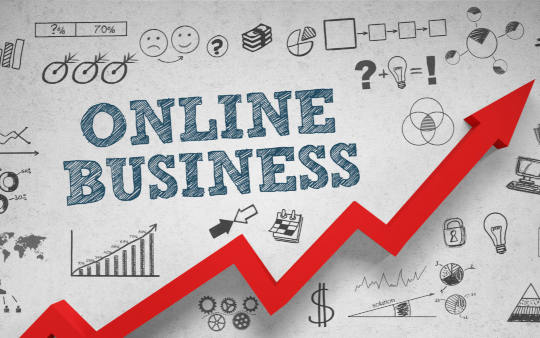
Top Local Restaurants You Must Try
Discover the hidden gems and popular eateries that make our local food scene unique. From traditional cuisine to modern fusion...
Read More →| Current (A) | Power (kW) | Estimated Charging Time 0%→100% |
| 6 A | 1.32 kW | 41.67 hours (~41h 40m) |
| 8 A | 1.76 kW | 31.25 hours (~31h 15m) |
| 10 A | 2.20 kW | 25 hours |
| 13 A | 2.86 kW | 19.23 hours (~19h 14m) |
| 16 A | 3.52 kW | 15.63 hours (~15h 38m) |
| 20 A | 4.40 kW | 12.5 hours |
| 25 A | 5.50 kW | 10 hours |
| 32 A | 7.04 kW | 7.81 hours (~7h 49m) |
My favorite cousin, Asim, recently bought a Honda e:Ny1 (also known as NS1) and had lots of questions about EV batteries and charging. I decided to write down everything I’ve learned over the years so he (and anyone else) can refer back without needing to ask repeatedly.
How to Maximize Your Electric Vehicle Battery Life
EVs with active liquid cooling protect batteries better than those relying on passive air cooling, but managing battery temperature is critical for all EVs.
Charging speed is sometimes expressed as a “C-rate,” which relates charging current to battery capacity in ampere-hours (Ah).
EV manufacturers usually specify charging speed in kW rather than C-rate.
Lithium batteries don’t suffer from memory effect, so charging to suit your needs without stressing about full cycles is perfectly fine. The battery’s cycle count is just a guideline indicating overall energy throughput over time, not the literal number of times plugged in.
Quick guide to registering your business and getting listed in our directory.
Learn More →Discover our advertising options and boost your business visibility.
View Packages →Read our community guidelines and best practices for using the directory.
Read More →
Discover the hidden gems and popular eateries that make our local food scene unique. From traditional cuisine to modern fusion...
Read More →
Learn from successful local business owners as they share their insights on growing and maintaining a thriving business in today's market...
Read More →
Stay updated with the latest community events, festivals, and gatherings happening in your area. Don't miss out on these exciting...
Read More →